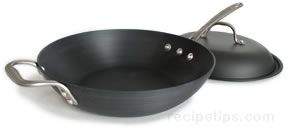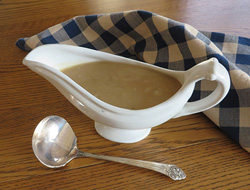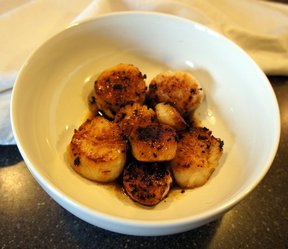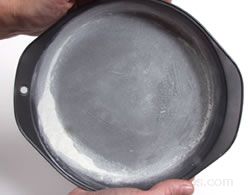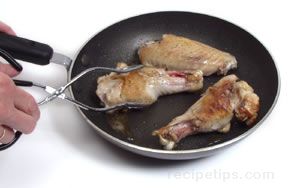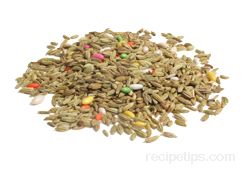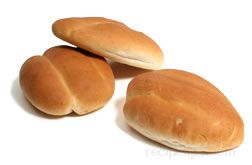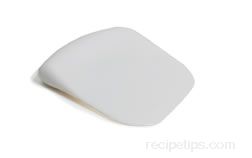When selecting, consider the functions that will most often occur with the use of this pan. Determine if the depth and width of the mouth are sufficient for ease of access to accomplish repetitive motions and that it is not too small in diameter requiring tighter rotations to occur with the hand or arm. Similarly, if the tasks are generally for small amounts of ingredients, smaller pan sizes should be considered. Common saucier pan sizes range from 1 to 5.5 quarts with diamaters of 7 to 13 inches. Check the rim of the pan as some pans may not have a lip formed around the rim, so pouring liquids becomes a messy task. Grasp the handle to see if it is comfortable and has sufficient length to resist becoming hot after being on a stovetop burner for longer periods of time. Although price may be a factor, consider the materials used to construct the pan, making sure it will evenly heat across the surface of the pan, such as a cladded, anodized or other similar materials will enable. A saucier pan may also be referred to as a chef's pan or a reduction saucepan. The functions often served by this pan and the appearance of the pan are very similar to a skillet, a fry pan, an omelet pan, or a stir-fry pan.
Loading
Saucier Pan
As a shorter and different shaped version of a sauce pan, the saucier is a pan often used for preparations requiring more repetitive motions with the ingredients in the pan, such as stirring or whisking. The saucier pan will not have sides as deep as a sauce pan, but may have straight-edged or broadly curved sides that rise up at a slight angle, making the mouth wider than the base. Thus, the shorter sides enable easier access to the ingredients when preparing foods such as sauces, custards, puddings, rice dishes, and accomplishing tasks such as braising, poaching, sautéing or reducing liquids. Pan bottoms will be much thicker than the sides, allowing heat to be evenly distributed and retained.
There currently aren't any reviews or comments for this term. Be the first!
Advertisement
Advertisement

